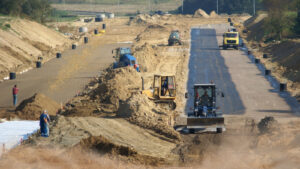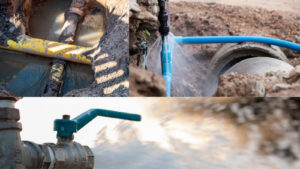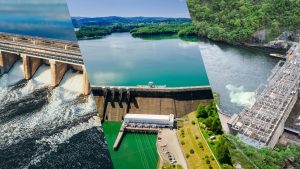This article will explore the factors you must consider when rehabilitating old wastewater infrastructure.
We will discover
- How to Do a Condition-Based Assessment
- When to Rehabilitate Wastewater Infrastructure: Key Factors to Consider
3. Are There Any Substitutes for the Rehabilitation of Wastewater Infrastructure?
4.Running Down Error-less Asset Evaluations for Old Wastewater Infrastructure via Modern Technology
How to Do a Condition-Based Assessment
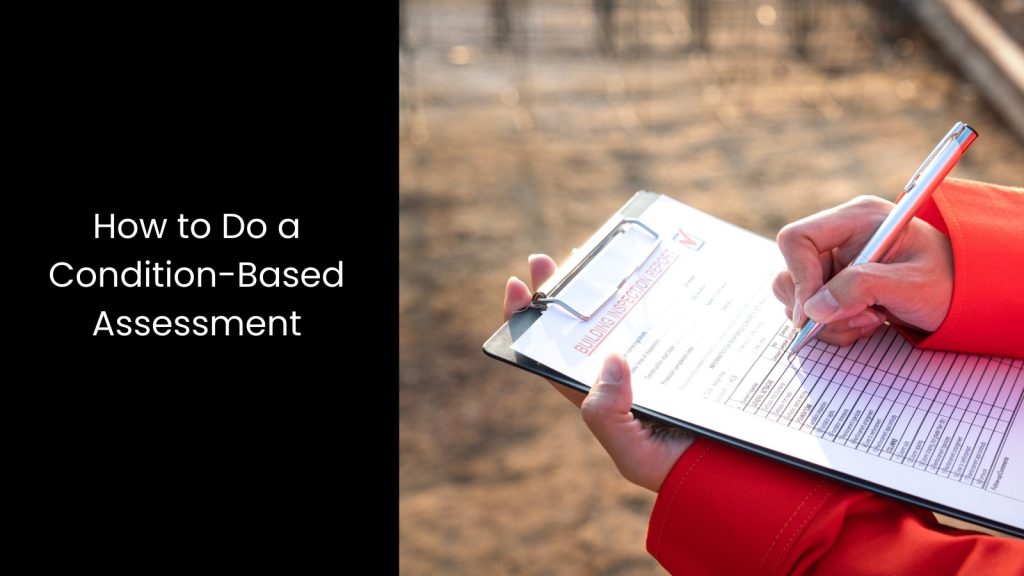
- Determining when to rehabilitate old wastewater infrastructure requires a detailed and systematic condition-based assessment to ensure efficient wastewater management and prolong the operational life of assets.
- This process starts with reviewing all available data on the water infrastructure, such as maintenance records, performance history, and past inspections. Identifying missing information is crucial, especially for outdated sewage systems, concrete wastewater structures, or deteriorated components like an existing wastewater manhole or diversion box.
- Once gaps in data are identified, inspections should be conducted by in-house teams or third-party professionals to assess the condition of wastewater treatment facilities and critical components like deteriorated diversion boxes accurately. The collected data then undergoes analysis to determine the asset’s physical state, functionality, and remaining operational life, helping decide whether it requires repairs, refurbishment, or a complete replacement.
- This evaluation also estimates costs and prioritises actions to mitigate environmental risks associated with wastewater accumulation or system failures. Many facilities face ageing infrastructure challenges, and timely assessments help avoid onshore disruptions and ensure that diversion systems function smoothly.
- If it is possible to address issues in outdated sewage systems and undertake timely repairs or rehabilitation, utilities can extend the operational efficiency of their assets for years while protecting the environment.
When to Rehabilitate Wastewater Infrastructure: Key Factors to Consider
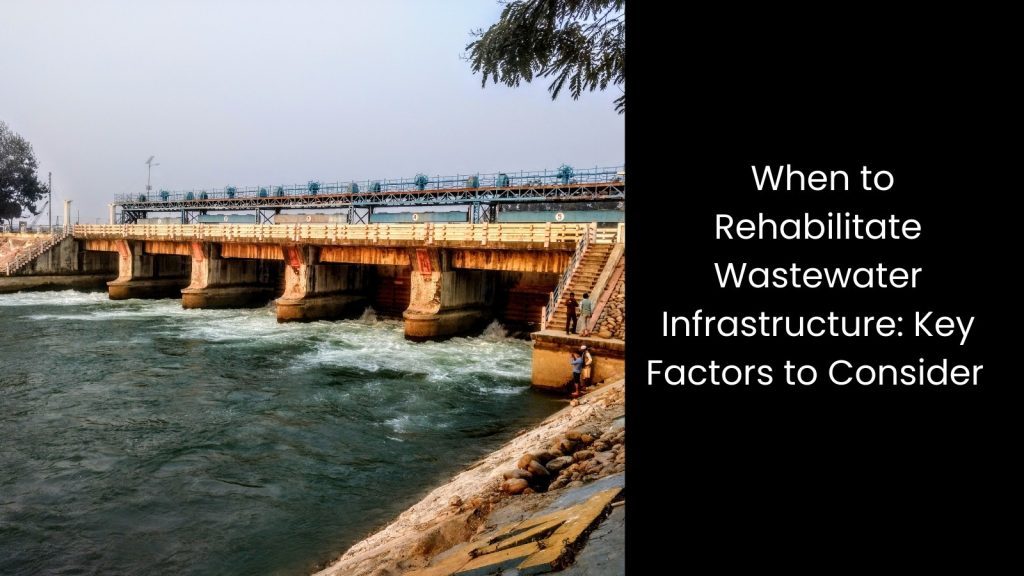
Evaluation of Criticality
You know there are some critical infrastructures like unseen infrastructure buried underground, and they often face issues like leaching and infiltration, which compromise the treatment capacity of the system and lead to water contamination if left in disrepair. The assessment begins by analysing the importance of the asset in providing clean water and supporting the objectives of the clean water acts or any other regulations in respective countries.
Factors like the risk of environmental harm, the age and condition of the infrastructure, and its contribution to the overall system must be carefully reviewed.
For example, utilities tend to depend heavily on efficient wastewater treatment to meet regulatory standards and ensure environmental protection.
If the authorities neglect maintenance and repair, it might lead to failing systems that contaminate water and disrupt treatment processes. This is where the tools from the water monitoring suites help detect early signs of failure in critical infrastructure, guiding stakeholders to identify necessary repairs and extend the operational lifespan.
Risk Rundown
The reason for this is that the consequences of failure can have severe impacts on on-site personnel, nearby communities, and the environment. A high risk of catastrophic failure demands immediate action, as delaying rehabilitation could lead to widespread damage, costly repairs, or even complete system collapse.
Even when the risk of catastrophic failure seems low, more minor hazards can still emerge, signalling the need for timely rehabilitation to prevent more significant issues. Evaluating the role of the asset in the overall system is a top priority, especially if downtime is unacceptable or the infrastructure is critical to operations. When an asset’s failure is likely or could disrupt the system significantly, replacement may become the most practical option, despite its higher cost.
This is why a structured risk analysis enables stakeholders to prioritise rehabilitation based on the importance of each component within the system and the likelihood of its failure.
Capital Cost
Likewise, the capital cost of rehabilitation depends on various factors, including the size of the system, its level of disrepair, and its role in treatment operations. In many cases, rehabilitation offers a cost-effective solution compared to total replacement, significantly when advanced technologies like AI-driven tools extend the infrastructure’s lifespan while optimising efficiency.
When budget constraints are tight, utilities often choose to rehabilitate ageing assets instead of replacing them entirely, as this approach can restore functionality at a fraction of the cost. However, decision-makers must evaluate whether ongoing repairs or refurbishment will suffice or if replacement is necessary for long-term benefits.
If the infrastructure consistently breaks down, requires frequent maintenance, or fails to operate efficiently, the high capital cost of a replacement could save more money by reducing repair expenses and energy inefficiencies.
Timeline
Since rehabilitation generally costs less and takes less time than total replacement, it becomes feasible. Planning ahead to include rehabilitation during the next scheduled maintenance period often proves worth the extra effort, as it minimises operational interruptions.
The time to keep the system offline significantly influences whether rehabilitation or replacement is more viable. While replacement tends to be both more expensive and time-intensive, rehabilitation methods often allow for a quicker return to service, ensuring minimal impact on overall operations. By carefully evaluating schedules and available downtime, utilities can strategically plan rehabilitation to maintain service continuity and prevent costly delays.
Future Growth
Data-driven forecasting offers valuable insights into future requirements, helping determine whether rehabilitation or replacement is better. If population growth is anticipated, placing additional strain on your wastewater facility, or if upcoming environmental regulations demand significant upgrades, replacement may be the more effective solution.
However, if the current capacity and functionality of the infrastructure are expected to suffice, rehabilitation can restore and protect the system without requiring a complete overhaul. Careful evaluation of growth projections and regulatory changes ensures that the chosen approach balances costs and long-term efficiency.
This way, by addressing future needs proactively, utilities can maintain critical infrastructure that supports growing communities and complies with stricter environmental standards.
Are There Any Substitutes for the Rehabilitation of Wastewater Infrastructure?
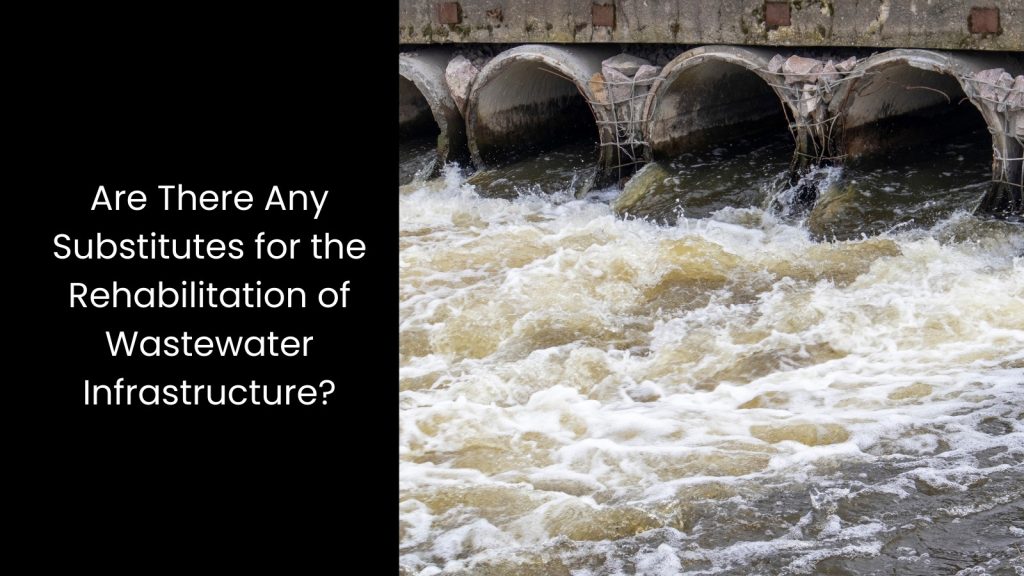
- After initiating different methods, we see that polymers have emerged as a proven option for rehabilitating wastewater infrastructure, offering versatile solutions for enhancing durability and protecting against corrosion.
- Polymers basically consist of molecules that link to form larger structures, making them adaptable for various uses, from household items to industrial applications. Polymer coatings and linings, particularly high-build epoxy coating systems, play a crucial role in safeguarding concrete wastewater structures and other substrates like steel, iron, and aluminium. Over the past 40 years, advancements in polymer chemistries have addressed escalating corrosion problems, improving maintenance and safety in wastewater treatment systems.
- These coatings are not a one-size-fits-all solution, but when carefully selected, they can enhance structural integrity, prevent inflow and infiltration, and resist microbial attack, abrasives, sewer gases, and corrosive agents.
Running Down Error-less Asset Evaluations for Old Wastewater Infrastructure via Modern Technology

We cannot deny that the relentless march of time takes its toll on mega infrastructure, particularly the ageing wastewater systems. However, the consequences of neglecting these systems can be severe, leading to environmental degradation and public health risks. Fortunately, modern technology like Wastewater Asset Management Solutions offers a lifeline, enabling us to accurately assess the condition of these critical assets. If you collaborate with an industry expert, you have the potential to ensure the long-term sustainability of the wastewater infrastructure.

